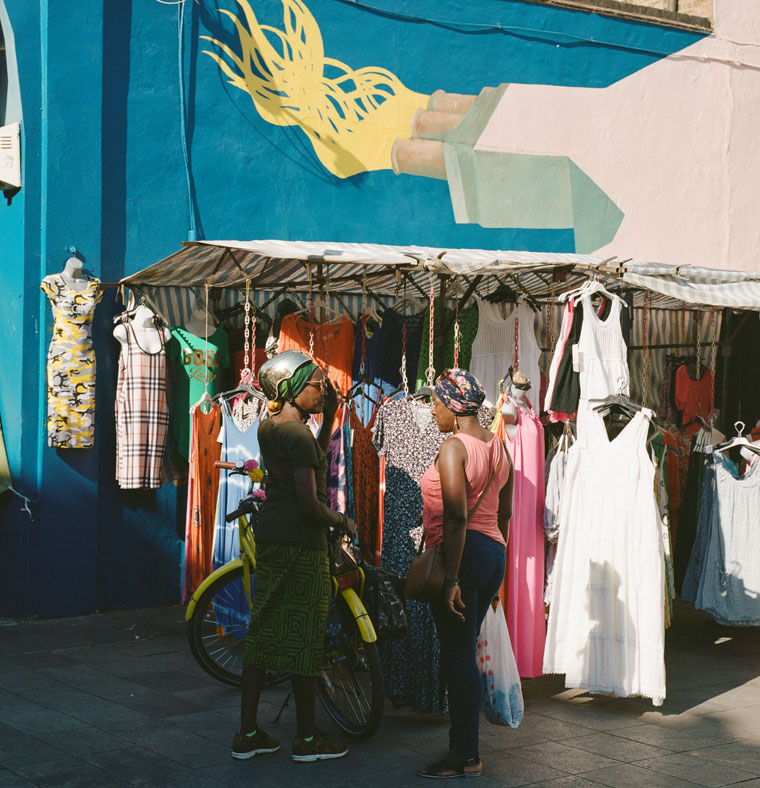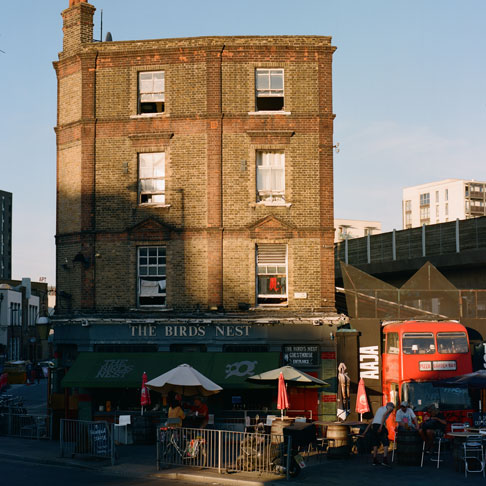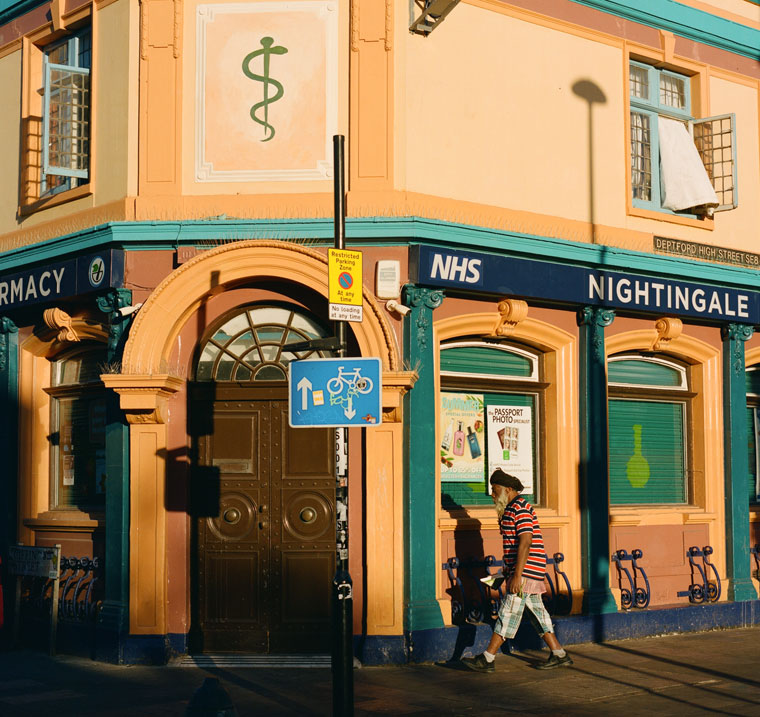Overview
From the railway arches to the banks of Deptford Creek, this multifaceted south-east London neighbourhood is turning its industrial past on its head with exciting community-centred spaces - you can’t miss Deptford Lounge, the golden-hued public library - independent shops and new builds constantly popping up. But some things remain the same: the giant anchor on the high street giving a firm nod to the area’s naval past; or the tireless bargain hunt every Wednesday, Friday and Saturday at the beloved Deptford High Street Market and Douglas Way.
The unruly post-war landscape reveals a series of residential gems: the well-kept Georgian homes lining the cobbled Albury Street; the Victorian terraces in St John’s conservation area; the smart neighbourhoods of new builds driving ambitious plans for regeneration. Drawn to its youthful, down-to-earth character and fairly affordable prices, commuting professionals benefit from easy journeys into the heart of the city. After all, London Bridge is just one train stop away, while the DLR will take you from Deptford Bridge to Bank in under 25 minutes.
Dive into the storied maritime history and creative rebirth of multicultural Deptford right here.
Interesting Facts
- Deptford Market’s proud history starts in 1872 as a place to buy foreign cattle and sheep.
- Major British bands of the 1970s-80s such as Dire Straits emerged - and played their first gig - in the industrial recesses of Crossfield Estate, a working-class housing estate highly significant to the wider local, artist and LGBTQ+ community.
- The futuristic, RIBA award-winning Laban Dance Centre prides itself on being “the world’s largest purpose-built contemporary dance centre”, according to its website, and a major show-stopper at this regenerated part of Creekside.
- A diverse family of Vietnamese, Afro-Caribbean, Chinese and other communities call Deptford home and contribute to its rich local culture - from the unexpected market treasures to the appetising global dishes.



